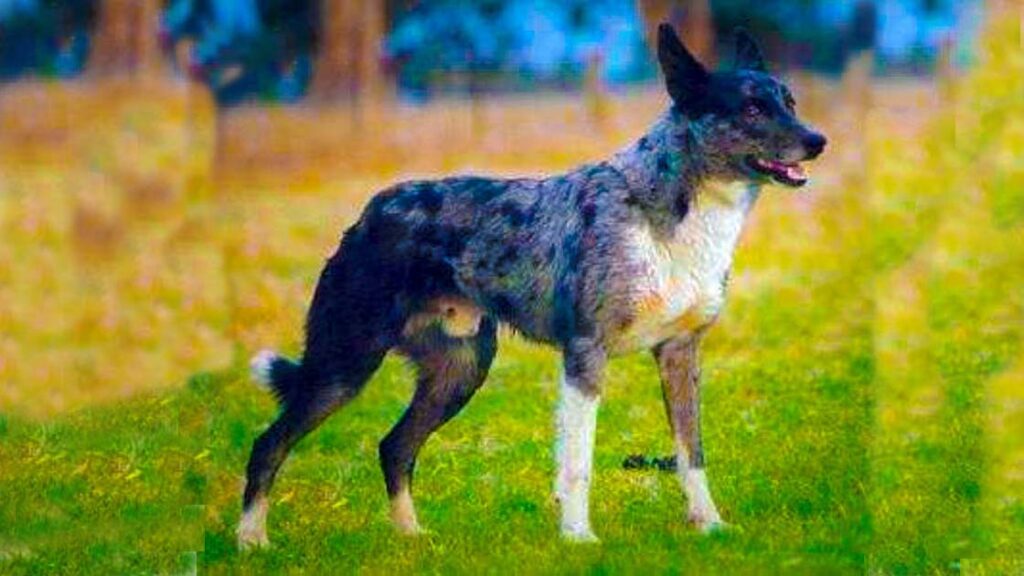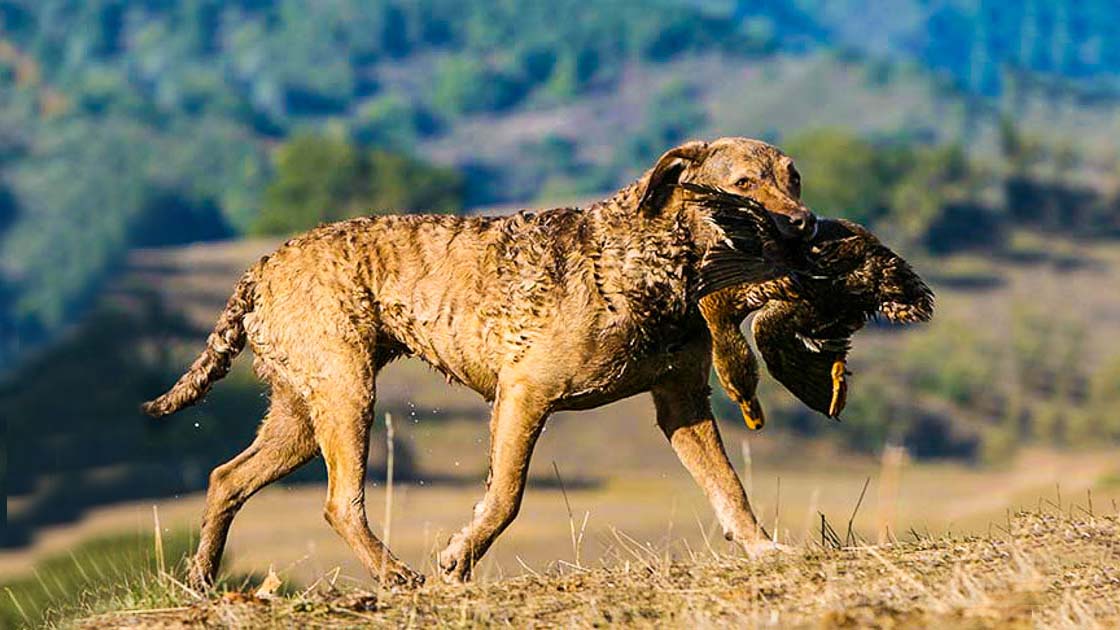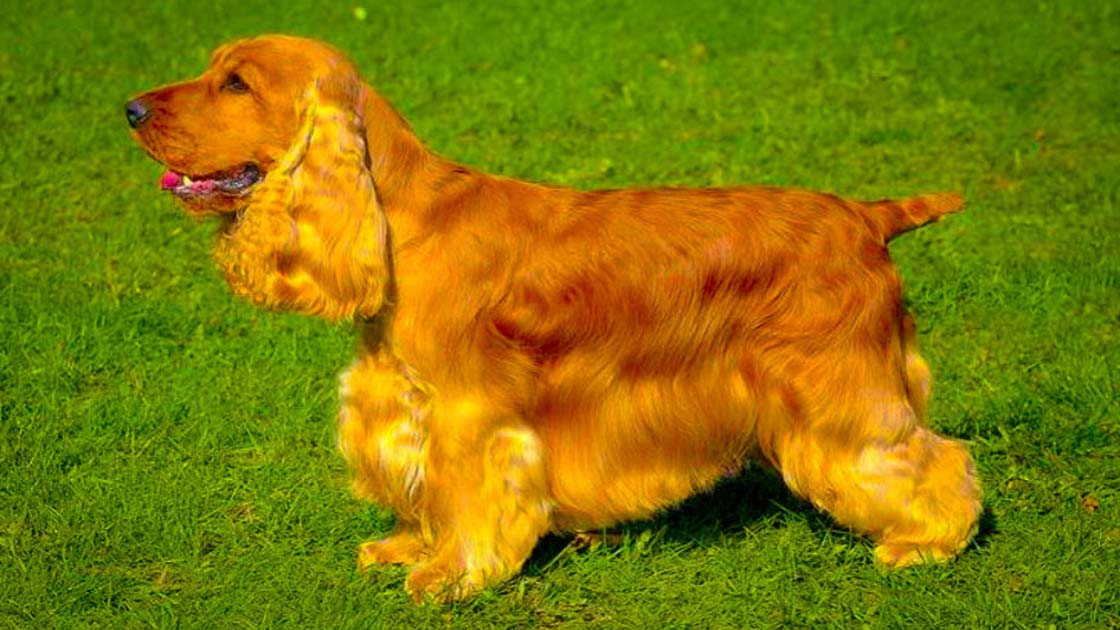Coolie
Origin: Scotland
Popularity Rank: 40 Since 2020
Life Span: Border collie lifespan 14-16 years
Color Collie colors are black, red, chocolate, cream, dilute red (fawn), dilute blue (lilac), with tan points, black and white, dilute and white or red and white, or “Tri” -solid red or black, with white markings, and with brown points.
Size: Medium in size
Height: Its average height is 13-24 inches (46-60cm).
Breed Group: The Coolie dog belongs to the herding group.
Pricing: Border Collie price ranges are from $1200 – $1800.
Weight: The Coolie weight of the male dog is 60 to 75 pounds, and female dog weight is 50 to pounds.
Coolie Dog History
The “Coolie” is the “Australian Collie” or the historic misnomer “German Coolie”. This type of dog breed is developed primarily in Scotland. The Lassie movies, books, and television shows popularized this breed in the US and the United Kingdom. The actual origins of the Coolie dog are unknown. However, historical records indicate that several herding breeds were brought to Australia in the early nineteenth century, and the Coolie dog is believed to have descended from them. Breeders intentionally bred the Collie and the Dingo together, aiming to create a versatile and hardworking herding dog that could endure the severe Australian climate.
Scotland is the country where the Collie breed first appeared, specifically in the Scottish Highlands and Scottish Lowlands. It is assumed that it is a descendant of the herding dogs that the Celts and Vikings, who first inhabited the area thousands of years ago, utilized. These early Collies were prized for their prowess at herding sheep and other types of livestock.
The Rough Collie and the Smooth Collie are two different subspecies of the Collie breed that have evolved over time. The Smooth Collie has a shorter, smoother coat than the Rough Collie, which is known for its long, dense hair. Both breeds had a similar history and were employed for herding and securing livestock.
Cattle Business
The Coolie dog’s growth was mainly influenced by Australia’s expanding cattle business. Cattle producers needed efficient herding dogs to handle big herds across broad and often tricky areas as demand for beef soared.
Thomas Simpson Hall
A cattle rancher called Thomas Simpson Hall is responsible for most of the breed’s early development. Hall began deliberately breeding the most significant working canines he could find in the late 1800s.
The club of German “Collie dogs” was established in 1886, and it is one of the oldest breeds in the United States. The “Collie dog” include rough collies, smooth collies, Border collies, and Bearded collies. These dogs were well-known common dogs in North America until the middle of the 20th century. Scotland is considered the primary home of this dog breed. In addition, the “Collie breed” was known as the Scottish collie in the 19th century and 20th centuries. The Coolie dog breed is a herding or working dog. They were bred from imported British working dogs.
Coolie Dog Qualities
The coolie is a “herding dog,” which means a natural tendency to circle sheep and return them to their owner. Coolies are incredibly energetic, bright quiet, upright, and hardworking dogs. They are the best for sheep herding. Furthermore, in terms of instinct, intelligence, alertness, enthusiasm, and commitment to their masters, they are considered superior to other dogs. Collies breeds are more appealing and handsome dogs. They are shepherd dogs.
Additionally, the coolie dogs have sensitivity, athleticism, and obedience, excelling in agility, tracking, and therapy features. They are the best outdoor and family companion when taught them properly. These dogs are excellent watchdogs because they are not violent but will bark to alarm their owners. They are gentle with youngsters.
These physical characteristics of the Coolie dog contribute to its capacity to execute various jobs, including herding animals. Individual Coolie dogs may differ in appearance, but these qualities commonly define the breed’s overall physical attributes.
Coolie Dog Body
The body of white collie dogs is usually white on the body. They have a slight merging of one or two areas of fur. Tricolor dogs are black and white with sable markings. The Coolie dog has a medium-length, bushy tail that positions relatively low. The dog carries the tail low, but it may elevate when attentive or excited. The Coolie dog has medium-sized, triangular-shaped, and erect ears. The ears are spaced far apart on the head, enabling the dog to hear well.
Moreover, Coolie dogs have almond-shaped eyes that are medium in size and appear attentive. Their eyes can be any color, although the most frequent are brown or amber. Coolie dogs have an overall balanced and nimble body structure. They have a straight back, a deep chest, and well-sprung ribs. Their legs are straight and muscular, letting them move quickly and with agility.
Coat
The modern collie of rough and smooth collies is available in four hues. These hues are sable, white, light blonde, and reddish brown. Moreover, these dogs are attractive, white, black, and tan specimens with fair coats. Collie coats come in two varieties: smooth coats and rough coats. The “smooth collie” is a scotch collie’s English equivalent. The short, thick, and sleek smooth collie. The “Rough Collie” is an elegant and perceptive canine breed renowned for its grace, agility, and loyal character. It is a striking-looking medium-sized dog with a well-balanced body.
Coolie Dog Health Issues
“Coolie dogs” are susceptible to epilepsy, a neurological disorder characterized by repeated seizures. Seizures can range in intensity and may necessitate medication for the rest of one’s life. Progressive retinal atrophy and gastric dilatation volvulus bloat disease are common in collie dogs. Hip Dysplasia: Hip dysplasia is an orthopedic disorder that affects many dogs, including Coolies. It is distinguished by hip joint deformity, which can result in pain, lameness, and arthritis.
Progressive Retinal Atrophy
PRA is a genetic eye illness that causes the retina to degenerate gradually. Coolie dogs with PRA may develop vision loss, leading to blindness.
Deafness in Collie Dogs
“Coolie dogs”, especially those with a mainly white coat, are prone to congenital deafness. It is a common hereditary disorder that can damage one or both ears.
Collie Eye Anomaly
CEA is a genetic eye condition mainly affecting herding breeds such as Coolies. It can cause aberrant eye development, such as retinal detachment, poor vision, and blindness.
Hearing Issues
Some “Coolies” may have hearing issues not caused by hereditary deafness. Ear infections, trauma, or age-related hearing loss could all contribute to these problems.
Treatment
Treatment of the Collie Breeds are the following:
Hip Dysplasia in Collie Dogs
Treatment options for hip dysplasia in “Coolie dogs” may include weight management, physical therapy, joint supplements (such as glucosamine and chondroitin), nonsteroidal anti-inflammatory drugs (NSAIDs) for pain relief, and, in severe cases, surgical intervention such as a hip replacement.
Progressive Retinal Atrophy
There is no cure for PRA. However, supportive care can help control the disease. It may entail environmental modifications to help the dog’s reduced vision and provide a safe and familiar living environment. Regular visits to an ophthalmologist can aid in monitoring the disease’s progression.
Deafness in Collie Dogs
If a Coolie dog is born deaf, treatment may include changing communication methods, such as using hand signals or visual cues instead of verbal commands. Training strategies for deaf dogs can be used, and it is critical to establish a safe and controlled environment to avoid potential hazards.
Collie Eye Anomaly
There is no treatment for CEA. A veterinary ophthalmologist will perform regular eye examinations to evaluate the condition and give supportive care. Surgical intervention may be considered in extreme situations.
Epilepsy in Collie Dogs
Veterinarians commonly recommend antiepileptic drugs for treating epilepsy in Coolie dogs. These drugs assist in regulating seizures and reducing their frequency and intensity. It may be necessary to regularly monitor the dogs and make adjustments to the drug dosage to determine the most effective treatment method for each dog.
Hearing Issues
“Coolie dog” hearing problems are treated differently depending on the underlying reason. This could include treating ear infections with appropriate medications, providing supportive care for trauma-related concerns, or managing age-related hearing loss by modifying communication strategies.
For More Details Contact Us [icon name=”square-phone” prefix=”fas”]







